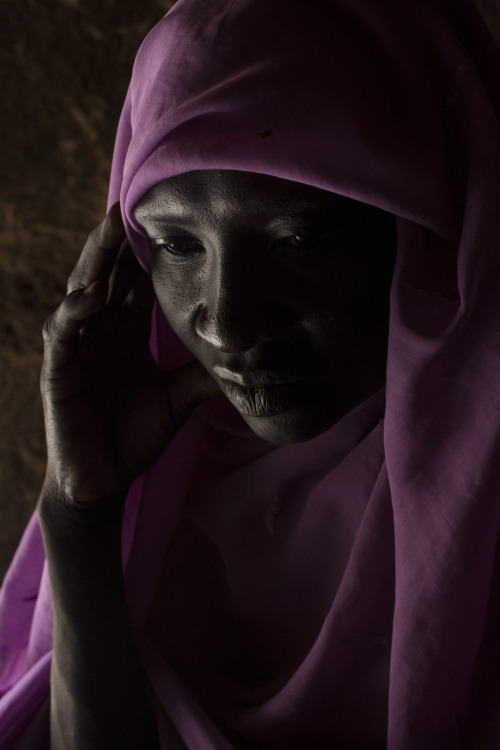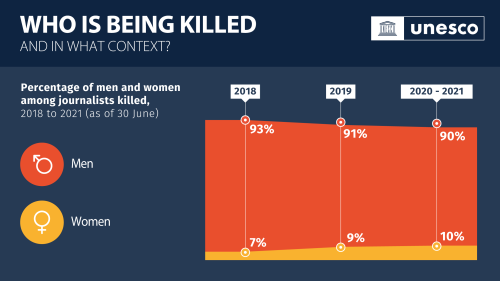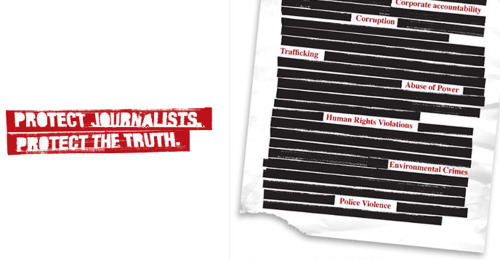#soudan
Pour tous ceux qui n'ont pas encore vu l'expo ‘Tensions’ à Bouchemaine organisée par les Tisseurs d'Images, où mon travail ainsi que celui de Yan Garnier et d'Anthony Bourasseau sont exposés, venez la découvrir ce mercredi et venez ensuite assister à la conférence où nous répondrons à toutes vos questions.
https://www.facebook.com/events/205953569565945/?ref=2
Jada Djoma (35) mother of 7, lived in Dandur, government controlled area. She escaped after fighting erupted between SPLA-N and SAF.
In Dandur, she was raped 4 times by the SAF soldiers.
'It happens to girls, SAF soldiers’d tell them not to tell anyone or they would kill her.’
Her sister was taken to prison and tortured. She was then sent to Kurkul, and she hasn’t heard from her since.
She is missing three of her children, who were with her in Dandur, they ran away in the bush during the fighting, she doesn’t know where they went.
© Camille Lepage - All rights reserved 2013
intamunu.tumblr.com
Post link
International day to end impunity for crimes against journalists
Over the past decade, a journalist has been killed every four days on average. Each year since 2016, more journalists have been killed outside of conflict zones than in countries currently experiencing armed conflict.
A total of eighty-six killings of journalists worldwide have been reported between 2020 and the end of June 2021. The majority of killed journalists are killed in their country of nationality. Among the 400 journalists killed from 2016 to 2020, 22 (6%) were foreigners.
Impunity for crimes against journalists continues to prevail, with nine of ten killings remaining unpunished. The year 2020 saw a slight improvement, however, with thirteen per cent of cases worldwide reported as resolved, compared to twelve per cent in 2019, and eleven per cent in 2018.
In many cases, impunity results from bottlenecks within the justice system itself.
Ending impunity for crimes against journalists is one of the most pressing issues to guarantee freedom of expression and access to information for all citizens.
While fewer women journalists are among the victims of fatal attacks, women are particularly targeted by offline and online gender-based threats and harassment. These attacks have increased significantly in recent years.
Women journalists have identified political leaders, extremist networks and partisan media as some of the biggest instigators and amplifiers of online violence against women, according to the UNESCO discussion paper The Chilling: Global trends in online violence against women journalists, 2021, based on a major interdisciplinary study produced by the International Center for Journalists (ICFJ(link is external)).
In the context of the Covid-19 pandemic, media workers around the world have also been subject to harassment, persecution and detention as a result of their work to keep citizens informed about the health crisis.
Source: UNESCO and the UNESCO Director-General’s Report on the Safety of Journalists and the Danger of Impunity, 2020.
Post link
Adut Akech
Art by Langston Amadi









